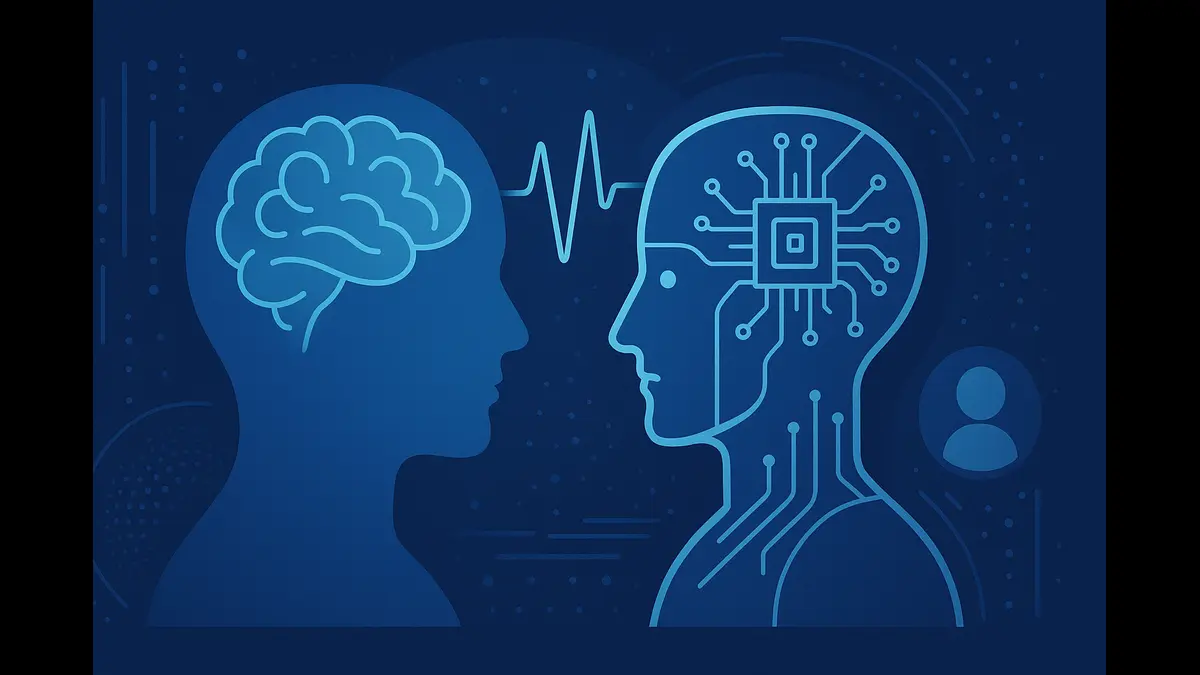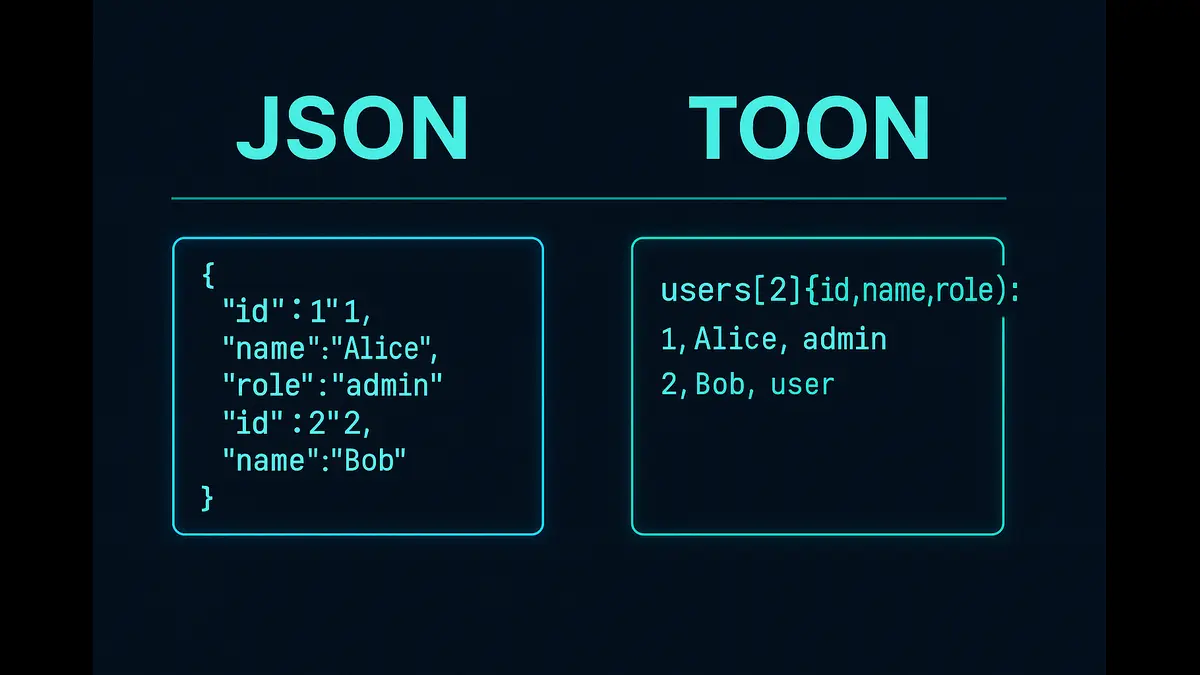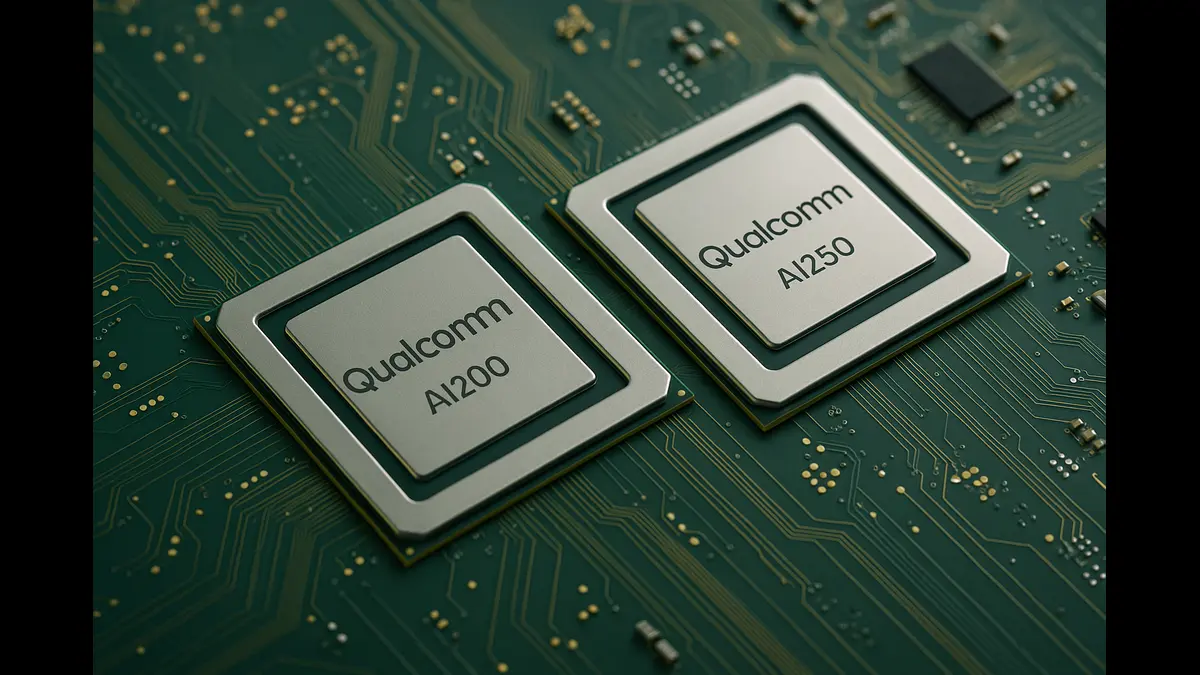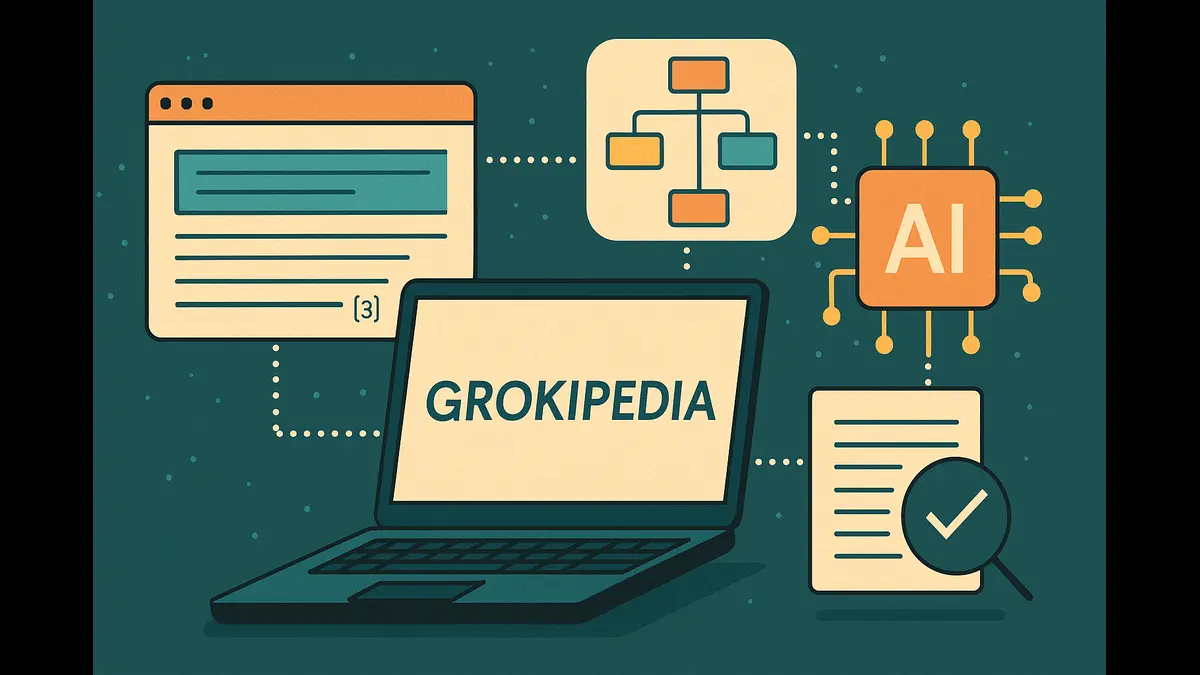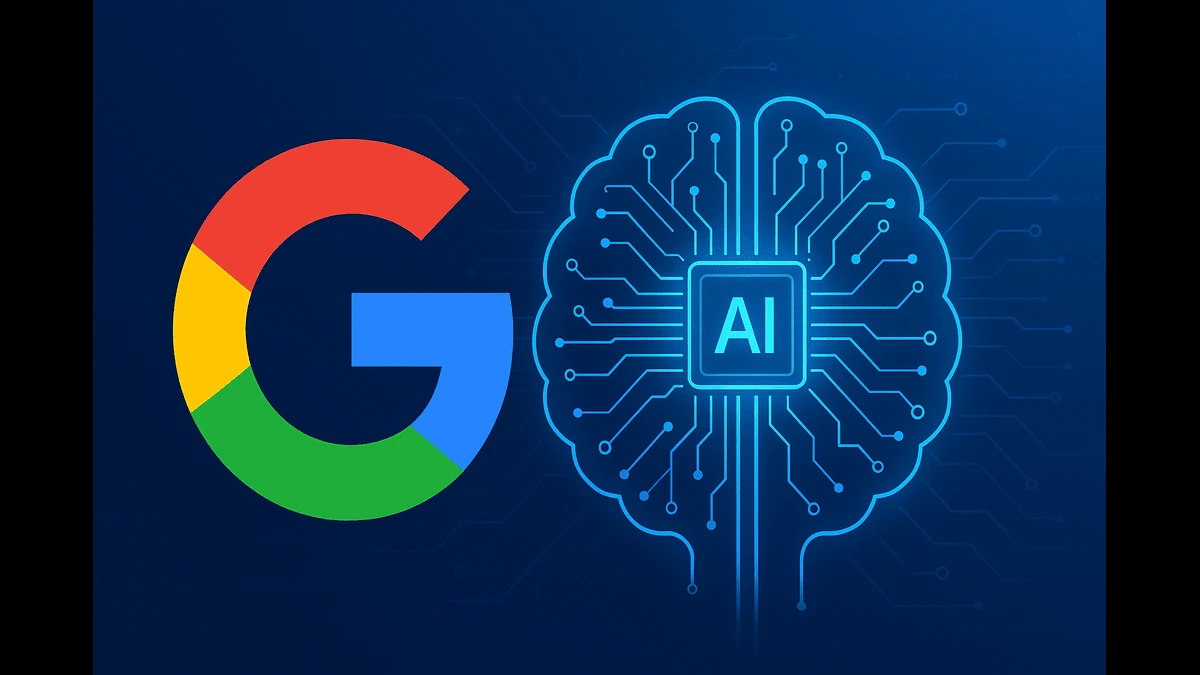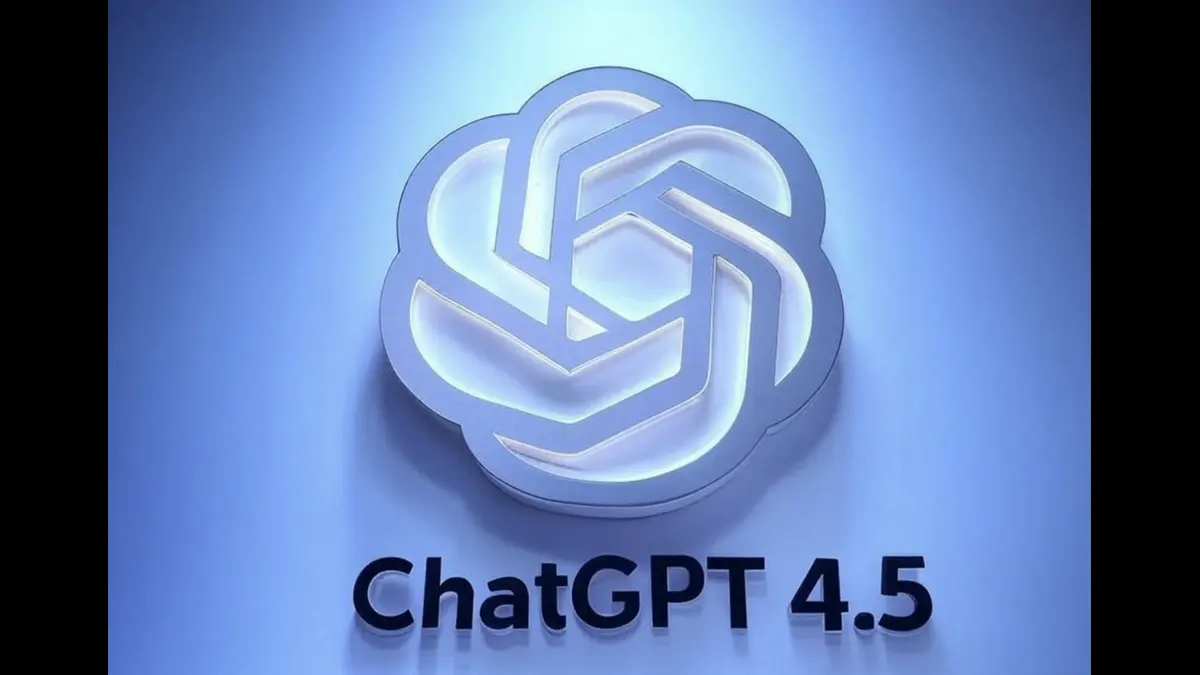
GPT-4.5 is OpenAI’s most refined AI model yet, offering better accuracy, deeper context, and real-time capabilities.
The world of artificial intelligence continues to evolve at a rapid pace, and OpenAI’s latest model, GPT-4.5, stands as a noteworthy milestone in that journey. Released in 2025, GPT-4.5 builds upon the strengths of GPT-4 while introducing key refinements aimed at improving accuracy, user experience, and real-time interactivity.
This article takes a closer look at what makes GPT-4.5 different, how it compares to earlier models, and what it signals for the future of AI.
What’s New in GPT-4.5?
GPT-4.5 introduces several practical improvements that enhance both the reliability and usability of AI-powered conversations. Unlike a full version jump, this update is more of a fine-tuning exercise—yet the changes are significant.
One of the most impactful improvements is its enhanced ability to recognize patterns and understand deeper context in user queries. This means GPT-4.5 can follow more complex conversations and generate responses that feel more relevant and natural.
Another major upgrade is a reduction in hallucinations. In previous versions, the model occasionally produced confident but inaccurate responses. GPT-4.5 addresses this issue more effectively, leading to improved factual accuracy.
The model also better aligns with user intent. Whether you’re asking a simple question or exploring a nuanced topic, GPT-4.5 tends to deliver responses that reflect what you actually meant.
A practical addition is support for real-time internet search and the ability to upload files and images. These features make the model more dynamic and useful in research, problem-solving, and interactive tasks.
Initially, GPT-4.5 is available to ChatGPT Pro users and API subscribers. Due to high infrastructure demands and GPU shortages, its availability will be expanded in phases.
Comparing GPT-4.5 to Earlier Models
To appreciate GPT-4.5’s value, it’s useful to understand how it stacks up against previous versions:
GPT-3 (2020): This was the first truly large-scale language model by OpenAI, featuring 175 billion parameters. It offered impressive fluency but often hallucinated facts and struggled with contextual memory. Token limit was 2,048.
GPT-3.5 (2022): Serving as a bridge between GPT-3 and GPT-4, this version refined GPT-3’s performance, improving speed and handling of mid-length tasks. It had the same parameter count but with architectural tweaks and a 4,096 token limit.
GPT-4 (2023): A major leap forward, GPT-4 introduced estimated trillion-level parameters (exact count undisclosed) and a token limit of 8,192 for most API users. It featured real-time browsing and greater accuracy across tasks like coding, writing, and decision-making.
GPT-4.5 (2025): Estimated to have over 1.5 trillion parameters, GPT-4.5 doubles the token limit to 16,384, making it ideal for long-form interactions, document analysis, and chat history continuity. It’s more efficient in its architecture and shows measurable gains in coherence and reliability.
Challenges and Limitations
Despite its strengths, GPT-4.5 is not without its flaws.
The most prominent challenge is its operational cost. Running a model of this scale requires significant computational power, making it expensive to deploy. This could limit access for startups, educational institutions, and developers working with tight budgets.
GPT-4.5 also struggles with advanced reasoning tasks. While it can understand complex queries better than its predecessors, it still falls short when asked to perform chain-of-thought reasoning or logical multi-step deductions. This remains a key area for future development.
Ethical concerns continue to surround large language models, and GPT-4.5 is no exception. While the reduction in hallucinations is encouraging, the potential for bias, misinformation, or misuse still exists. This makes responsible usage and ongoing oversight essential.
Lastly, infrastructure limitations such as GPU shortages are slowing down the wider rollout, meaning not all users can access the model immediately.
What’s Next for OpenAI?
Looking ahead, OpenAI is likely to focus on three major areas as it builds toward GPT-5 and beyond.
First is reasoning. There’s a growing need for AI to not just generate fluent language but also to think through complex problems logically and consistently. Enhancing reasoning will be key for use cases in education, law, medicine, and high-level analytics.
Second is ethics and alignment. As AI becomes more powerful, ensuring that it behaves responsibly and aligns with human values becomes critical. This includes transparent training processes, bias detection, and robust content moderation tools.
Third is accessibility. OpenAI will need to find ways to reduce the cost of deployment and make models like GPT-4.5 usable by a broader range of people and organizations. This may involve partnerships, open-source tools, or lighter-weight models with similar capabilities.
Final Thoughts
GPT-4.5 isn’t a revolution yet—but it is a confident and meaningful step forward. It improves on the strengths of GPT-4 while showing us where the current limits lie.
It’s not perfect. It can’t yet reason like a human or deliver guaranteed truth. But it’s faster, sharper, and more aware of what we’re asking. That alone makes it one of the most reliable AI companions built so far.
As OpenAI continues to push the boundaries of what’s possible, the evolution from GPT-3 to GPT-4.5 gives us a glimpse of what the near future might hold: more capable, more conscious, and more collaborative AI systems—ones that can not only assist but also understand.
Discover more from Poniak Times
Subscribe to get the latest posts sent to your email.

